#NovaScotia had its first two gold rushes in the second half of the 1800s, in the same era that gold rushes happened in California (1848-1855) and the Yukon (1896-1899). But #NS’ #gold deposits were very different from the ones mined in California and the Yukon.
#nspoli #cbpoli
#nspoli #cbpoli

Most #NovaScotia #gold is in quartz veins that started forming 400 million years ago as North Africa and North America started colliding. Sub-sea sediments were squished between the tectonic plates, upthrusted and folded as they turned into rock. This allowed fluid...
#nspoli
#nspoli
...to leach gold from rock deep underground and flow into cracks in rock closer to surface, forming veins of quartz and gold as the fluid eventually cooled and hardened. The #MooseRiver gold mine and other deposits along the eastern shore currently being explored formed this way. 

The deposits that triggered gold rushes in California and the Yukon were placer deposits (aka alluvial), meaning the gold was concentrated in ancient river sediments after being eroded from bedrock gold deposits.
#nspoli #novascotia #gold
#nspoli #novascotia #gold
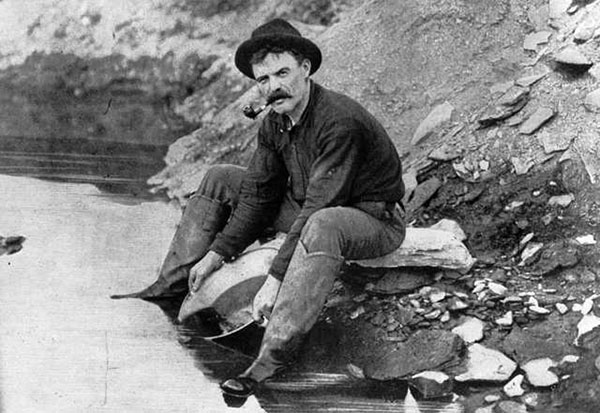
Water eroded the rock and gold and carried the eroded sediments downhill until they settled out. This concentrated the gold in one area, creating placer deposits.
That's why a classic image of prospectors is someone using a pan to find #gold in rivers and streams.
#nspoli
That's why a classic image of prospectors is someone using a pan to find #gold in rivers and streams.
#nspoli
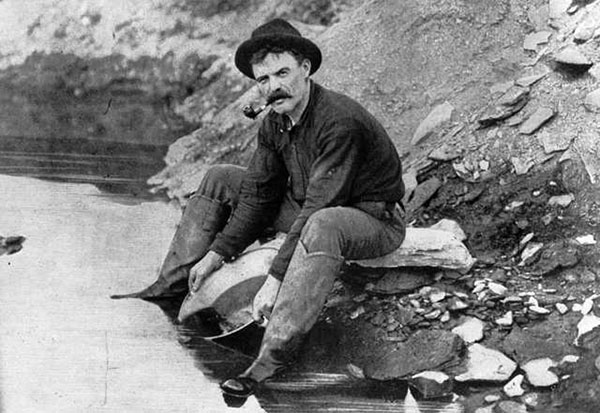
They scooped up water and gravel in a pan, swirled it around and the gold, which is very heavy, settled on the bottom of the pan while the lighter gravel and dirt washed over the side. This was a simple but effective small-scale method of extracting the #gold.
#nspoli #novascotia
#nspoli #novascotia
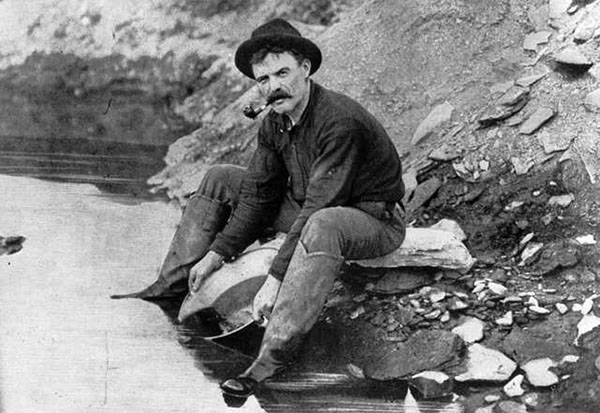
Nova Scotia has some placer gold but very little compared to places like California and the Yukon. The reason is Nova Scotia was repeatedly covered with glaciers in the past 100,000 years, until the last ice age ended 10,000 years ago.
#nspoli #novascotia #gold
#nspoli #novascotia #gold
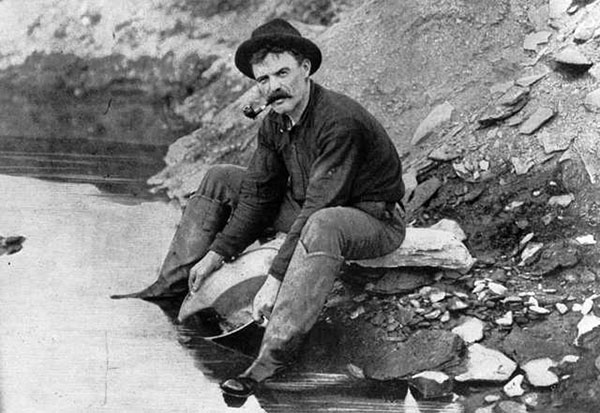
The glaciers dragged sediments and rocks along with them as they moved, scattering the gold of any placer deposits that existed prior to the glaciers.
#nspoli #novascotia #gold
#nspoli #novascotia #gold

California and the Yukon, on the other hand, were not as heavily glaciated as Nova Scotia was. They had many more thousands of years of stream erosion than Nova Scotia, and this liberated huge quantities of gold from bedrock deposits...
#nspoli #novascotia #gold
#nspoli #novascotia #gold

...Their placer deposits were mainly left intact because they had less glaciation, so they were just waiting to be discovered in the 1800s.
#nspoli #novascotia #gold
#nspoli #novascotia #gold
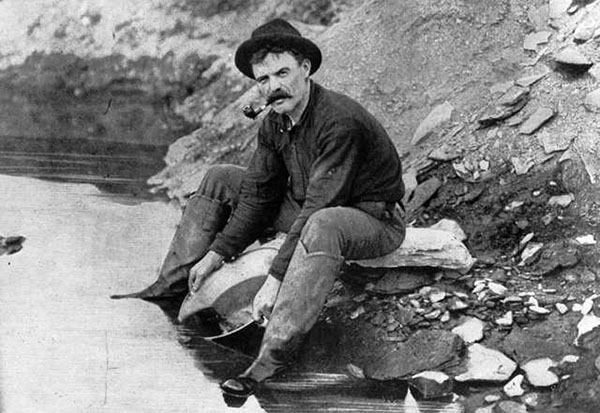
• • •
Missing some Tweet in this thread? You can try to
force a refresh



























